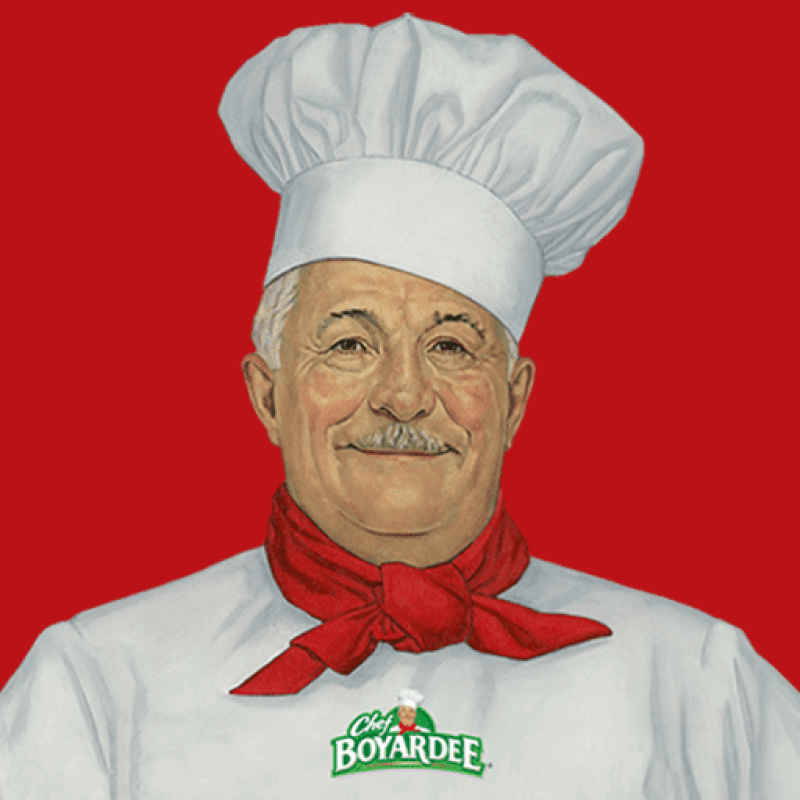
Cook and cool both the water and rice, keeping both sterile. Sterilize your hands and massage the rice in the water until there are no clumps and then add the red rice. Seal and either leave out at room temp or incubate. I use my Instant Pot’s yogurt setting, which iirc sits at around 37C; a paper I found suggests 20C as ideal, if you have a way of controlling the temp.
It’s actually a bit fizzy when it’s done, which are the bubbles you’re seeing. I haven’t stabilized it before, actually; it’s more of a slapdash traditional brewing lol. I’ve left it in a cool, dry place for up to 2 years and eventually it stabilizes itself to an amber-colored, middling-acidity, relatively dry wine. Ngl tho, most of the bottles get drunk way before the fermentation can progress further than the bottling time lol (thanks dad).
- There’s too much rice sediment to filter normally; I’ve even tried vacuum filtration with no success. It’s easier to bottle it, let it sit for a couple of days to let the rice powder settle, and just pour off the clear fraction. The cloudy parts are also good a la nigorizake. - Makes a surprisingly good cocktail with just a splash of heavy cream; as expected, also goes great with cleaner flavors.
I prefer not to use temperature. I’ve experimented with the same batch of fruit and used two different stabilizing methods: heating it up and using a combo of potassium metabisulfite and potassium sorbate. The temperature batch had a bit of a “dulled” flavor compared the chemically stabilized batch after they both aged for a month
The potassium metabisulfate acts as an antioxidant and I typically just buy them from Amazon (search up “campden tablets”). I also get the potassium sorbate on Amazon and those prevent the yeast from reproducing. The “mechanism”in question is just grabbing a tablet and some specific amount of the potassium sorbate, mixing it, and waiting about a day lol
